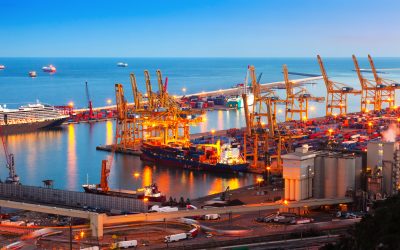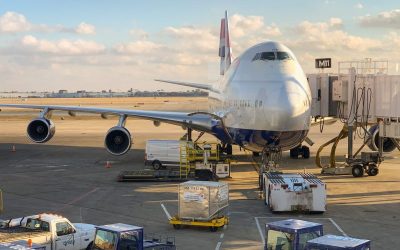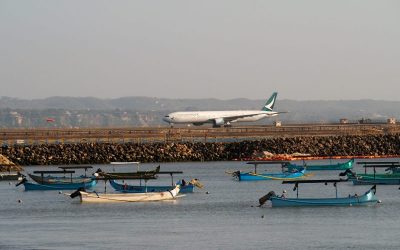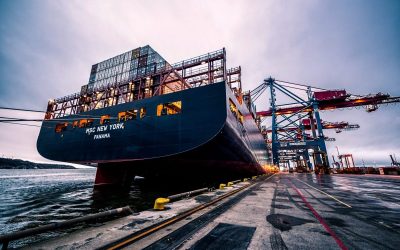Supply chain management can be a gruesome and demanding task. Despite the rapid advancements in automation, enterprise risk management programs, and the availability of sophisticated communication networks many enterprises still struggle to manage their supply chain efficiently. This is largely because many enterprises face difficulties in understanding and optimizing the critical elements of supply chains such as procurement, product development, and distribution network.
Smart companies and business owners understand the importance of the skill and expertise that are required to run the supply chain efficiently. This is why many business owners outsource their supply chain department when they realize that they don’t have access to expert resources.
Outsourcing supply chains is not a new concept and has been around for a while now. Professional supply chain companies provide support and services that are backed with research, experience, and cutting edge technologies that help your business prosper.
Here are some benefits of outsourcing your supply chains.
Focus on Other Business Aspects:
Every business has its strengths and weaknesses. If supply chain management is an area where your company struggles to excel at, better let the experts handle that front so you can focus more on your strengths and capitalize them properly.
Supply chain management is a time-draining task and by outsourcing, you can utilize those precious hours on other important aspects such as marketing, customer support, PR, and innovating your products and services. Focus on your core competencies and make your company more productive.
Reduced Operational Cost
The upfront cost to establish a powerful and efficient supply chain department requires hundreds and thousands of dollars. For startups and companies with low revenue, putting up a supply chain infrastructure may mean comprising other areas such as marketing, or packaging, etc.
Third-party supply chain partners have already invested in the infrastructure development that provides the most cost-effective supply chain solutions. Moreover, they have expertise, knowledge and the skill to optimize transportation, reduce material costs, and provide better inventory management.
Prepare for the Future
3rd parties have in-house research and development teams that can help your business prepare for the future. If your demands are increasing or declining, the experts will do the math to help you analyze if your demand and supply are optimized for future needs.
With the help of supply chain consultancy, you’ll be able to produce and deliver the right quantity of products that can easily cater to your customer base rather than overproduction or underproduction that can cause your troubles.
Supply Chain Risk Mitigation:
The supply chain can never be 100{7e1984170fd929454d69f1f4a772917cb839fb26f7e1ecd6c8a5e6994cf1a858} secure and are always prone to risks. They may be internal risks such as Manufacturing Risk, Planning and Control Risks, Planning and Control Risks, or external risks such as Natural Disaster Risk, geopolitical risks, etc.
3rd parties run mock tests to identify areas of your supply chains that have high-risk vulnerability. Moreover, they estimate the financial and reputational impact of possible disruptions and develop mitigation contingency plans that will help you reduce the impact of any disruptive event.
About Blink Global
Your Global Sourcing Partner. With our deep understanding of global sourcing, we supply B2B industrial and consumer products with centralized procurement and high delivery precision. We are ready to help you make the right decision with our Price Audit Services.









